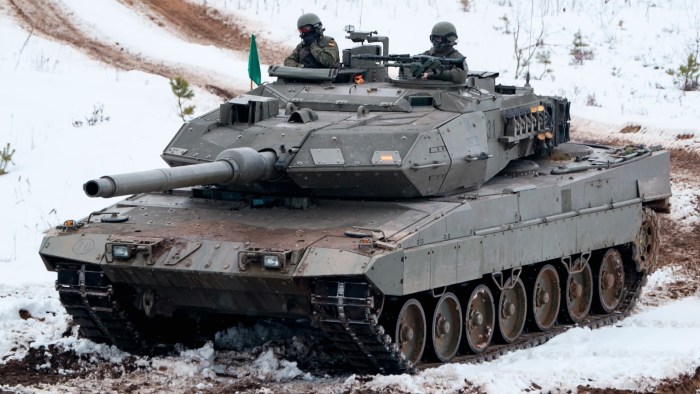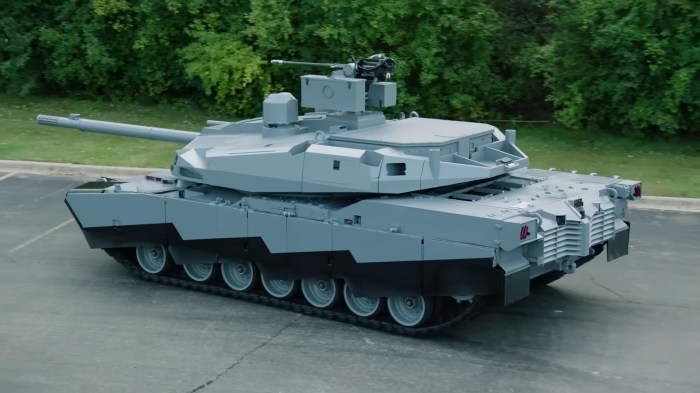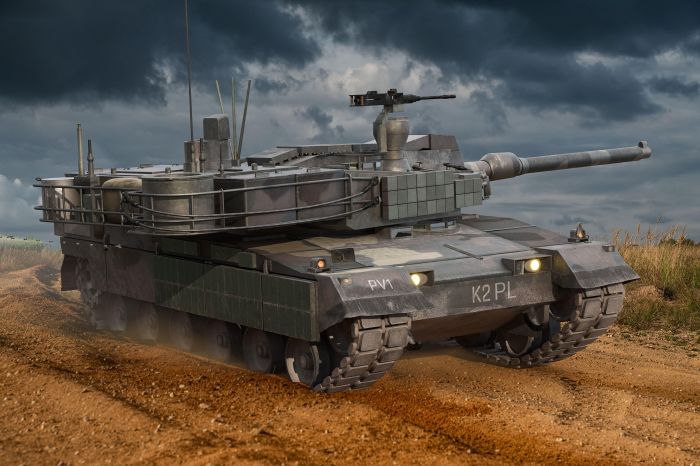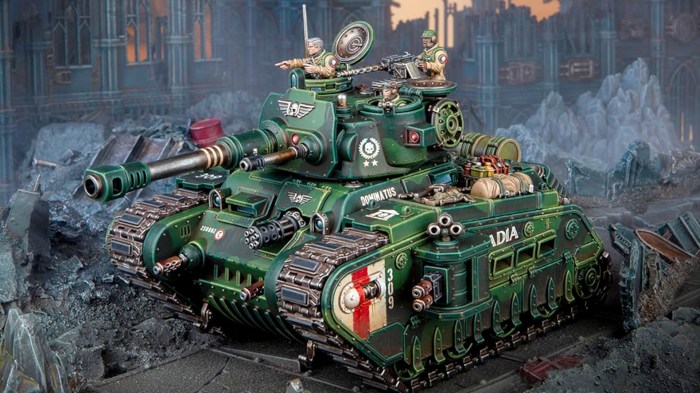Tank A Comprehensive Exploration
From the thunderous roar of a World War I tank to its metaphorical representation in modern culture, the word “tank” evokes a powerful image. This exploration delves into the multifaceted world of tanks, examining their evolution in military history, their symbolic usage in language and literature, their diverse industrial applications, and their enduring presence in popular culture. We will navigate the complexities of tank design, technological advancements, and the cultural impact this powerful machine has had throughout history.
This journey will encompass the technical specifications of modern main battle tanks, the nuanced metaphorical meanings embedded in the term, the practical applications of various tank types across different industries, and the compelling portrayals of tanks in video games, movies, and art. By examining these varied aspects, we aim to provide a comprehensive understanding of the tank’s enduring legacy and its multifaceted significance.
Military Tanks

The evolution of the tank, from its rudimentary beginnings in the trenches of World War I to the sophisticated armored fighting vehicles of today, reflects a century of technological advancement and strategic adaptation. Initially conceived as a breakthrough weapon to overcome the stalemate of trench warfare, the tank has undergone a dramatic transformation, shaped by the lessons learned on battlefields across the globe.
Tank Design Evolution
The earliest tanks of World War I, like the British Mark I, were slow, unreliable, and poorly armed. Their primary function was to break through enemy lines, a task they achieved with limited success due to their mechanical limitations and vulnerability to anti-tank weaponry, which was in its infancy at the time. Subsequent designs incorporated improvements in armor, firepower, and mobility, leading to the development of more effective tanks throughout the interwar period and World War II. The German Panzer III and IV, and the Soviet T-34, exemplify this progress, showcasing improved maneuverability and firepower. Post-World War II, tank design focused on increasing armor protection, incorporating advanced weaponry, and enhancing mobility through improved engines and suspension systems. The Cold War era saw the emergence of the Main Battle Tank (MBT), a versatile platform designed for a wide range of combat scenarios. Modern MBTs are characterized by sophisticated fire control systems, advanced composite armor, and powerful main guns.
Strengths and Weaknesses of Different Tank Types
Light tanks prioritize speed and mobility, sacrificing armor and firepower for maneuverability. They are effective in reconnaissance and flanking maneuvers, but are vulnerable to heavier tanks in direct combat. Medium tanks offer a balance between armor, firepower, and mobility, making them versatile platforms suitable for various roles. Heavy tanks, exemplified by the German Tiger I and II during World War II, emphasize heavy armor and firepower at the expense of mobility. Their thick armor provided excellent protection, but their slow speed and high fuel consumption limited their operational range and tactical flexibility. Modern tank design tends to favor the MBT concept, balancing the strengths of these different types.
Technological Advancements in Tank Warfare
Several technological advancements have revolutionized tank warfare. Improvements in armor, from simple rolled homogeneous armor to advanced composite materials incorporating ceramics and depleted uranium, have significantly increased protection against anti-tank weapons. Weaponry has evolved from early low-velocity guns to high-velocity, smoothbore cannons capable of firing advanced kinetic energy and guided projectiles. Improved fire control systems, incorporating advanced optics, computers, and laser rangefinders, enhance accuracy and targeting capabilities. The development of sophisticated engine technology has dramatically improved tank mobility, enabling greater speed, range, and maneuverability across diverse terrains. Furthermore, advancements in communication systems and battlefield management systems have enhanced coordination and situational awareness.
Timeline of Major Tank Battles
The following timeline highlights key tank battles and their impact:
* World War I (1916-1918): The Battle of the Somme saw the first large-scale use of tanks, demonstrating their potential but also their limitations.
* World War II (1939-1945): Battles like Kursk (1943) and the Battle of El Alamein (1942) showcased the pivotal role of tanks in large-scale armored warfare. Technological advancements, like the sloped armor of the T-34, significantly impacted the course of these battles.
* Yom Kippur War (1973): This conflict highlighted the effectiveness of anti-tank guided missiles (ATGMs) against tanks, leading to significant changes in tank design and tactics.
* Gulf War (1991): The overwhelming technological superiority of the M1 Abrams tank demonstrated the effectiveness of advanced armor, firepower, and night vision capabilities.
Comparison of Modern Main Battle Tanks
| Specification | M1 Abrams (USA) | Leopard 2 (Germany) | T-90 (Russia) |
|---|---|---|---|
| Main Gun | 120 mm smoothbore | 120 mm smoothbore | 125 mm smoothbore |
| Armor | Composite armor with depleted uranium | Composite armor | Composite armor with ERA |
| Engine Power (hp) | 1500 | 1500 | 1000-1130 |
| Weight (tons) | 62-70 | 60-67 | 48 |
Tank as a Metaphor

The word “tank,” beyond its literal military meaning, possesses a rich metaphorical life, appearing in diverse contexts to convey a range of ideas and emotions. Its usage often draws upon the physical characteristics of a tank – its strength, resilience, and potential for destruction – to represent abstract concepts in a powerful and evocative way. This multifaceted symbolism allows the word to resonate deeply with audiences across various cultures, albeit with subtle nuances in interpretation.
The term “tank” finds itself employed metaphorically in numerous expressions, most notably “think tank” and “gas tank.” “Think tank” refers to a group of experts assembled to devise solutions to complex problems, leveraging the image of a tank’s concentrated power to represent the collective intellectual force of the group. Conversely, “gas tank” uses the tank’s capacity for storage to represent the fuel supply of a vehicle, extending the metaphor to other contexts where a resource’s capacity is relevant. These examples demonstrate the adaptability of the word “tank” as a metaphorical tool, easily incorporating itself into everyday language.
Metaphorical Usage in Literature and Film
The symbolic use of “tank” in literature and film often emphasizes themes of power, resilience, or overwhelming force. For instance, a character described as having “a tank of a personality” might be portrayed as someone exceptionally strong-willed and unwavering. In contrast, a film depicting a protagonist struggling against an oppressive regime could use the image of a relentless tank to symbolize the crushing weight of authority. The film *Fury* (2014), for example, utilizes the titular tank as a representation of both the destructive power of war and the fragile bonds of brotherhood amidst chaos. The tank becomes a character in itself, reflecting the emotional and psychological state of the crew within. Another example could be found in a dystopian novel where a seemingly indestructible “tank” of a societal structure is challenged by a small group of rebels, representing the overwhelming power of the system versus the resilience of individual resistance.
Cultural Connotations of “Tank”
While the image of a tank generally evokes feelings of power and potential destruction, cultural connotations can vary. In countries with a history of warfare or significant military presence, the word might carry a heavier weight of negative association, representing conflict and destruction. In contrast, in societies with less direct experience of military conflict, the term might be more readily associated with strength, resilience, or even a sense of unwavering determination. These differing perspectives highlight the contextual nature of the word’s symbolic meaning.
Psychological Implications of “Tank” as a Symbol
The psychological impact of the word “tank” stems from its inherent association with power and resilience. The image of a heavily armored vehicle, capable of withstanding significant damage, can be both intimidating and inspiring. For individuals identifying with the symbol of the tank, it may represent their own inner strength, ability to withstand adversity, and even a sense of invincibility. However, for others, the same symbol might evoke feelings of fear, oppression, or the threat of overwhelming force. This duality highlights the complexity of the word’s psychological impact.
Short Story: The Emotional Tank
Elias felt like a rusted-out tank. His emotional gas tank had run dry months ago, leaving him sputtering and barely able to move. The once-impenetrable armor of his self-confidence was now riddled with holes, each a reminder of past disappointments and failures. He tried to start the engine of his spirit, but it only coughed and wheezed. The treads of his resolve had long since worn down, leaving him stuck in the mud of despair. He yearned for a mechanic, someone who could repair the damage, refill his emotional reserves, and get him back on the road to recovery. The journey ahead seemed impossible, but somewhere deep within, a flicker of hope remained – a tiny spark that hinted at the possibility of rebuilding his emotional tank, one rusty bolt at a time.
Types of Tanks (Beyond Military)

The term “tank” extends far beyond the realm of military vehicles, encompassing a wide array of vessels designed to store and contain various substances. These tanks, used across numerous industries, exhibit diverse designs, manufacturing processes, and safety regulations, reflecting the specific needs of their applications. This section explores the multifaceted world of non-military tanks.
Industrial Tank Designs and Materials
Industrial tanks are designed with specific functionalities in mind, leading to a wide variety of shapes, sizes, and materials. Water tanks, for instance, often utilize steel or polyethylene for their durability and resistance to corrosion. Septic tanks, on the other hand, are typically constructed from concrete or fiberglass to withstand the harsh chemical environment. Fuel tanks, especially those used for transportation, frequently employ robust steel alloys to prevent leaks and withstand impacts. Innovative designs include double-walled tanks for enhanced leak protection, and tanks incorporating advanced sensors for monitoring levels and detecting potential issues. For example, some water tanks now utilize smart sensors to monitor water quality and automatically adjust treatment processes. Similarly, fuel tanks in modern vehicles often include sophisticated systems to prevent overfilling and detect leaks.
Manufacturing Processes for Various Tank Types
The manufacturing processes for different tank types vary significantly depending on the material and intended application. Steel tanks, commonly used for water and fuel storage, are often fabricated through processes such as rolling, welding, and pressure testing. Concrete septic tanks are typically cast in situ or prefabricated using specialized molds. Plastic tanks, such as those made from polyethylene, are often rotationally molded or injection molded, offering advantages in terms of cost and ease of production. Challenges in manufacturing include ensuring consistent weld quality in steel tanks, achieving the necessary structural integrity in concrete tanks, and preventing warping or cracking in plastic tanks during the molding process. Solutions involve advanced welding techniques, reinforced concrete designs, and precise control over the molding parameters.
Safety Regulations and Standards for Tank Design and Operation
Stringent safety regulations and standards govern the design, construction, and operation of various tank types. These regulations vary depending on the substance stored, the tank’s capacity, and its location. For example, water tanks intended for public consumption are subject to rigorous quality control and hygiene standards. Fuel tanks, especially those used for hazardous materials, are subject to stringent regulations to prevent leaks and explosions. These regulations often mandate regular inspections, pressure testing, and maintenance procedures to ensure the continued safe operation of the tanks. Failure to comply with these regulations can lead to significant fines and legal repercussions. For instance, the EPA in the United States sets strict guidelines for the design and maintenance of underground storage tanks containing hazardous substances.
Maintenance Requirements for Water and Fuel Tanks
Regular maintenance is crucial for ensuring the longevity and safe operation of water and fuel tanks. Neglecting maintenance can lead to costly repairs, environmental contamination, and potential safety hazards.
- Water Tank Maintenance: Regular cleaning to remove sediment and algae buildup, inspection for leaks and cracks, and periodic disinfection are essential. Water quality testing is also recommended.
- Fuel Tank Maintenance: Regular inspection for leaks and corrosion, testing for pressure integrity, and adherence to proper venting procedures are critical. Periodic cleaning to remove sediment and water is also important.
Tank in Popular Culture

Tanks, symbols of immense power and technological prowess, have permeated popular culture, shaping our perceptions of warfare, technology, and societal power dynamics. Their presence in various media reflects their real-world impact and their capacity to evoke strong emotional responses, ranging from awe and fear to fascination and critique. Their depiction varies widely depending on the context, from glorification of military might to symbolic representations of oppression or technological advancement.
Tanks in Video Games
Video games frequently feature tanks, often as powerful, heavily armored vehicles capable of significant damage. Their role in gameplay varies widely depending on the game’s genre and setting. In real-time strategy (RTS) games like *Command & Conquer* or *StarCraft*, tanks serve as crucial units in army compositions, requiring strategic deployment and tactical maneuvering. First-person shooter (FPS) games like *World of Tanks* or *Battlefield* place the player directly in control of a tank, emphasizing its firepower and maneuverability. Game designers carefully balance tank attributes – armor, firepower, speed, and accuracy – to create challenging and engaging gameplay experiences. Tank design in video games also reflects the evolution of real-world tank technology, incorporating features like advanced targeting systems, composite armor, and specialized weaponry. The visual design of in-game tanks often emphasizes their imposing size and destructive capabilities, contributing to their iconic status within the gaming world.
Tanks in Movies and Television
Tanks have consistently appeared in movies and television, often playing significant narrative roles. In war films, tanks symbolize the destructive power of modern warfare, depicting both the tactical prowess and human cost of armored combat. Examples include the iconic tank battles in *Fury* (2014), showcasing the brutality of tank warfare, or the Sherman tanks in *Saving Private Ryan* (1998), highlighting their role in the Allied victory in World War II. Conversely, tanks can also represent oppression and state power in films like *Mad Max: Fury Road* (2015), where they are employed as instruments of control within a dystopian setting. The cinematic portrayal of tanks frequently leverages their visual impact, using dramatic camera angles and sound design to enhance their imposing presence and destructive potential. This cinematic treatment significantly influences audience perception, shaping their understanding of tanks as symbols of both power and destruction.
Cultural Significance of Tanks in Popular Media
Tanks in popular media often transcend their literal function as military vehicles, becoming powerful symbols. They can represent brute force, technological superiority, or the destructive potential of unchecked power. Their portrayal can vary depending on the cultural context and the message the creator intends to convey. In some instances, tanks are presented as symbols of national pride and military strength, reflecting a positive view of military power. In other contexts, they can represent oppression, the dehumanizing aspects of warfare, or the destructive consequences of technological advancement. This duality reflects the complex and multifaceted nature of tanks themselves, embodying both technological innovation and the capacity for immense destruction. The cultural significance of tanks is constantly evolving, reflecting changing societal perspectives on war, technology, and power.
Tanks in Artistic Expression
Tanks have also found their way into various artistic expressions. Paintings and sculptures often depict tanks as powerful symbols of war and conflict, highlighting their destructive potential and the human cost of warfare. The stark lines and imposing size of tanks make them compelling subjects for artists seeking to convey themes of power, destruction, or the human condition. For example, a painting might depict a lone tank traversing a desolate landscape, symbolizing the aftermath of war or the destructive impact of military conflict. Similarly, a sculpture might present a tank as a monument, a testament to technological advancement or the enduring legacy of war. The symbolic meaning of tanks in art often depends on the artist’s perspective and the broader cultural context in which the work is created. Music can also utilize the imagery of tanks to evoke powerful emotions and convey thematic ideas related to war, conflict, or power.
Famous Tanks from Popular Culture
Tanks have become iconic figures in popular culture, often associated with specific films, games, or historical events. The following list offers a few examples:
- The Sherman Tank (Various films and games): A mainstay of World War II films and video games, the Sherman tank represents the Allied war effort and its technological capabilities.
- The Tiger Tank (Various films and games): Known for its heavy armor and powerful gun, the Tiger tank is often depicted as a formidable opponent in World War II settings.
- The Warthog (Halo series): A fictional tank from the *Halo* video game franchise, the Warthog is a versatile and iconic vehicle known for its maneuverability and firepower.
- The M1 Abrams (Various films and games): The current main battle tank of the US Army, the M1 Abrams often appears in modern military-themed films and games, representing advanced tank technology.
Final Thoughts

The “tank,” whether a formidable military machine or a symbolic representation of resilience or destruction, has left an indelible mark on history and culture. From its initial design on the battlefields of World War I to its current iterations in modern warfare and popular culture, the tank continues to capture the imagination. This exploration has highlighted the diverse interpretations and applications of the term “tank,” demonstrating its versatility as both a technological marvel and a potent symbol, deeply intertwined with human history and imagination.
Questions and Answers
What is the average lifespan of a military tank?
The lifespan varies greatly depending on usage, maintenance, and technological advancements. Some tanks may see decades of service, while others are retired sooner due to wear and tear or obsolescence.
What are some common tank maintenance issues?
Common issues include engine problems, track wear, damage to armor plating, and malfunctioning weaponry. Regular maintenance is crucial for optimal performance and safety.
How are tanks transported across large distances?
Tanks are typically transported via specialized heavy-duty trailers, rail transport, or even by sea, depending on the distance and terrain.




